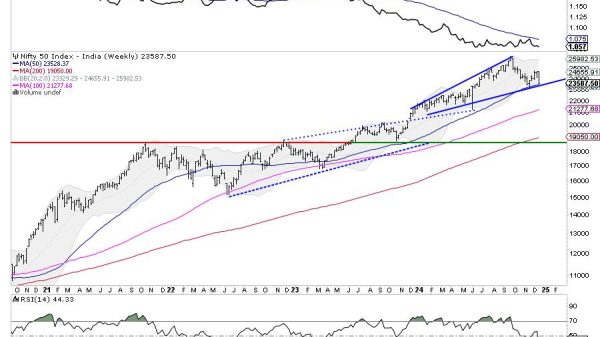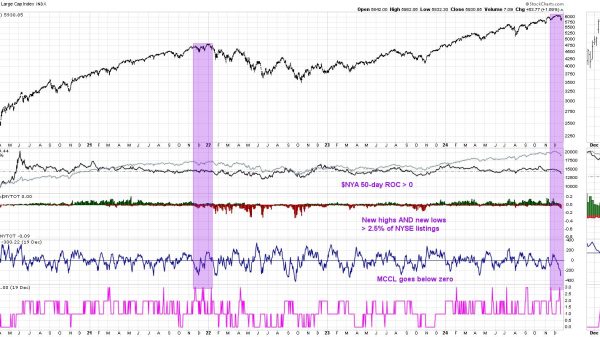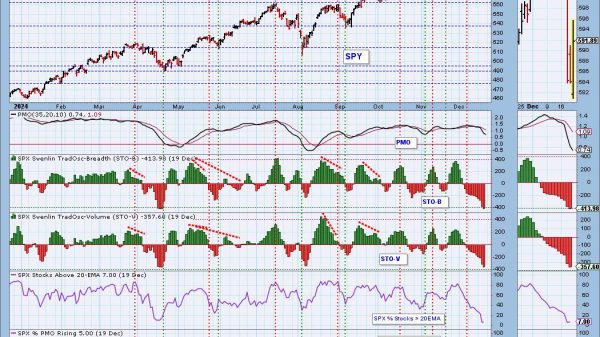What are the most effective ways to reduce operating expenses in a decade that’s witnessing rampant inflation and global supply chain problems?
The responses by entrepreneurs and business owners are as varied as the industries they occupy. For transport fleet managers, electric vehicles are already proving to be a reliable way to minimize costs and keep profit levels up. In a similar way, retail merchants are finding success by shifting gears and moving to online-only selling. That trend had already gotten a boost in 2020 when the global pandemic changed the way many companies operated. Finally, today’s manufacturing firms are getting excellent results from keeping inventories at precise levels to avoid high insurance and security expenses. Here are more details about how owners are working on cutting their costs.
Electric Vehicles (EVs) for Fleets
Fleet managers and owners of transport companies have numerous tools for minimizing their operational costs. One of the most potent ones is electrification. EVs (electric vehicles) are not only a much more sustainable form of transportation but are highly efficient, run cleaners than combustion engines, and deliver cost-effective, bottom-line results. Fleetwide use for small or larger firms means long-term savings on maintenance too. That’s because EVs don’t use oil, so there’s no messy engine gunk for repair teams to worry about. Among the many benefits of electric cars, vans, and light trucks are low operating costs and zero emissions. Fleet managers who choose to transition to electric power save their companies money from day one but also help build a more sustainable business model for the future.
Merchants Converting to Online-Only Sales Models
Small and medium-sized merchants who operate a few brick-and-mortar storefronts can cut expenses immediately and significantly by opting for online-only business models. This trend already began in early 2020 after the COVID pandemic forced the hand of many entrepreneurs who could no longer keep their doors open to the public. Thousands of them converted to 100% e-commerce sales and were able to embrace finance automation and salvage their long-term financial viability in the process. Almost three years later, other sellers are discovering that the in-person mode of doing business comes with many expenses that can be avoided by switching to e-commerce marketing and sales.
Manufacturers Cutting Inventory
It’s easy to overlook the high cost of carrying too much inventory. Businesses of all sizes tend to over-order, usually just to be on the safe side and avoid having to tell a customer that item is out of stock. On the flip side of the situation, holding stockpiles of goods beyond immediate needs can be pricey. Owners must store, insure, protect, and keep tabs on every inventoried item in their possession. Faced with rampant inflation, stiff competition, and the need to future proof business and keep all expenses as low as possible, manufacturers are discovering the benefits of JIT (just-in-time) ordering practices. Pioneered in Japan in the 1970s, JIT systems use sophisticated algorithms and mathematical formulas to maintain stocked goods at just the right level. That way, owners need not pay too much for carrying unneeded items, but at the same time, don’t have to place customer orders on hold until the next shipment comes in.
Read more:
How Savvy Business Owners Slash Expenses























